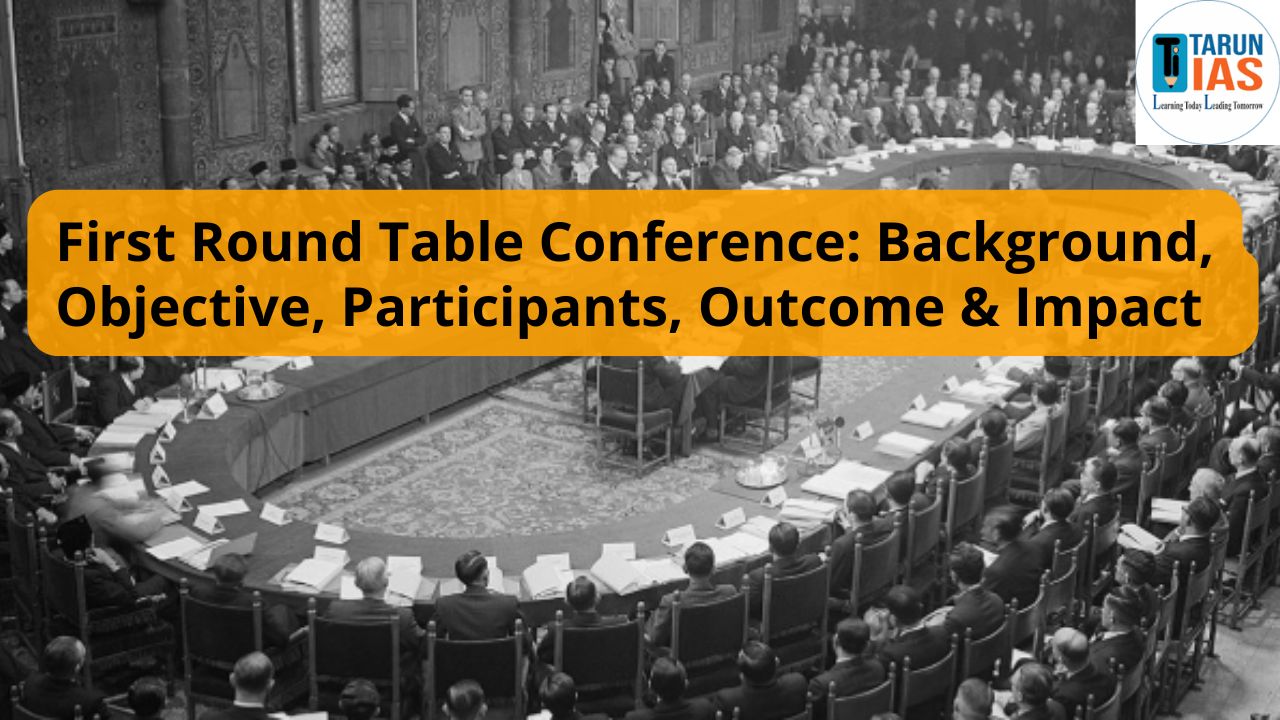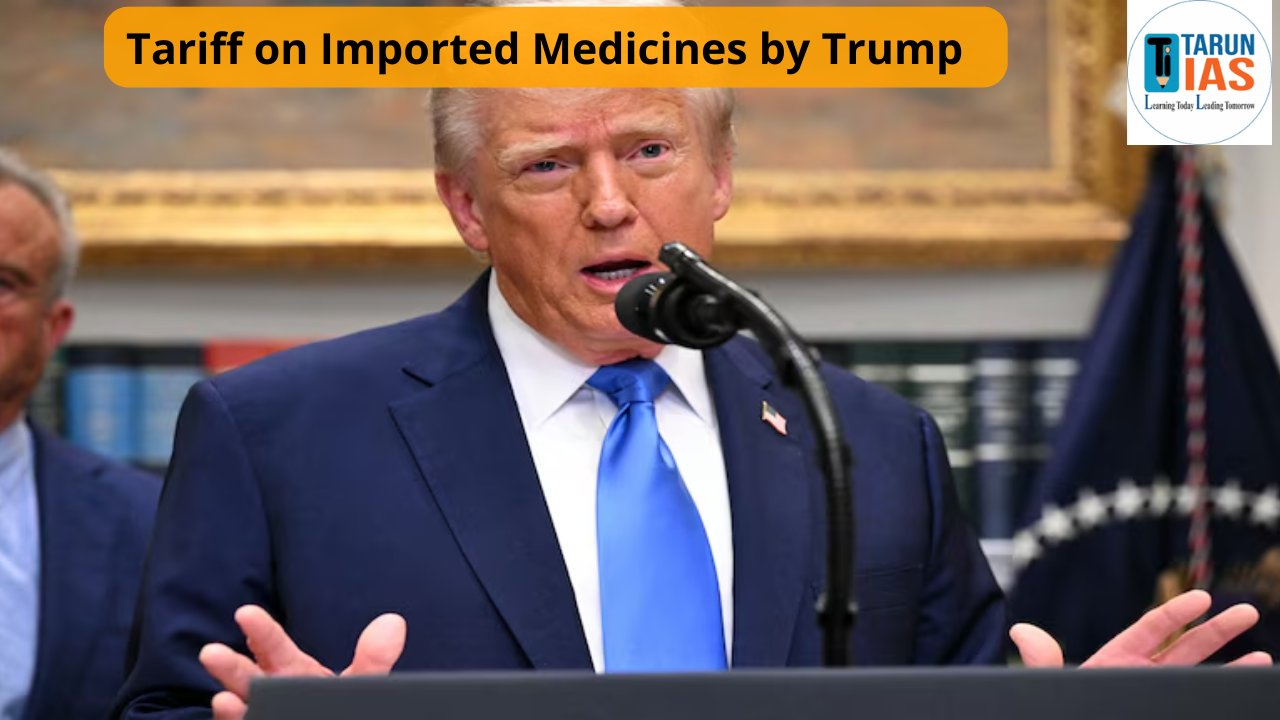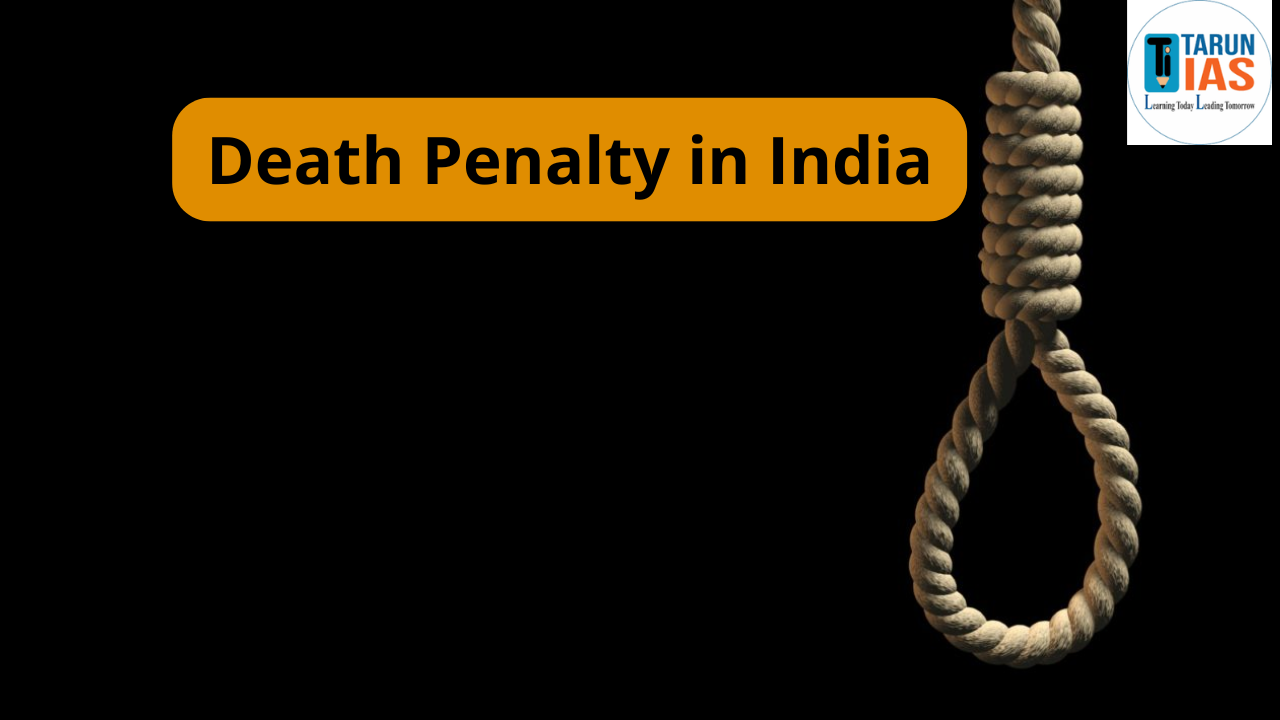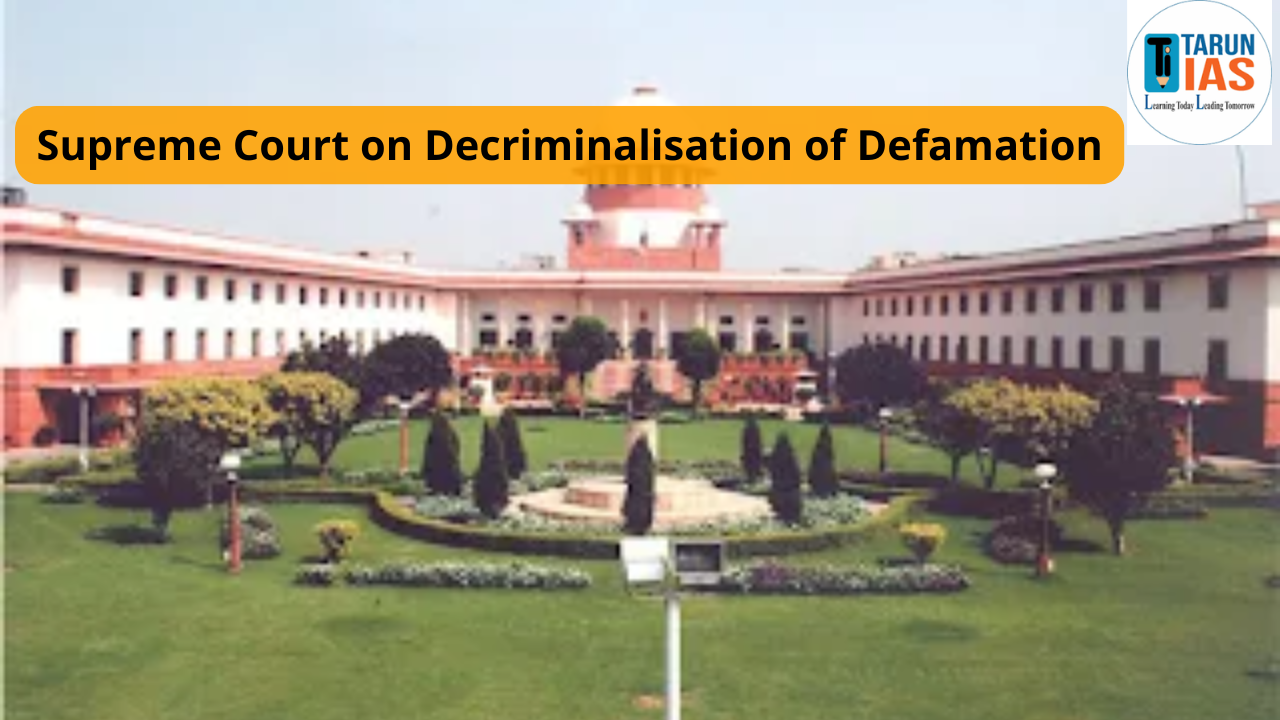India’s struggle for independence started growth in the early 20th century. By the late 1920s, civil disobedience and growing nationalism forced the British to reconsider India’s constitutional future. To begin formal negotiations, they held Round Table Conferences between 1930 and 1932. The first Round Table Conference, held in London (November 1930–January 1931), was historic because it brought Indians and the British to the same table. However, without the Indian National Congress, nationalist voices were not fully represented in the discussions. Nevertheless, it began the process of constitutional reform.
First Round Table Conference Background
The First Round Table Conference was held in 12 November 1930 in London. It was the first conference arranged between Britishers and Indians The First Round Table Conference emerged from growing unrest in India, especially after the Simon Commission’s rejection and the civil disobedience movement, compelling Britain to seek constitutional dialogue with Indian leaders.
Simon Commission and Rising Discontent
- The immediate context of the First Round Table Conference can be traced back to the Simon Commission, established in 1927 to review the working of the Government of India Act, 1919.
- The absence of any Indian member in the commission led to widespread boycotts and protests across the country. The Commission’s report, published in 1930, failed to make any significant concession to Indian aspirations, further alienating the nationalist leadership.
Demand for Dominion Status
- During this period, political voices in India increasingly began demanding dominion status. At the Lahore Session of the Congress in December 1929, under the leadership of Jawaharlal Nehru, the INC officially adopted the resolution for “Purna Swaraj” or complete independence. Simultaneously, Gandhi launched the Civil Disobedience Movement in March 1930 with the iconic Salt March.
- Amidst this backdrop of intensifying struggle, the British Labour Government under Ramsay MacDonald decided to initiate a series of Round Table Conferences. These conferences were intended to incorporate various Indian political opinions into the process of constitutional reform and to safeguard British interests through consensus-based negotiations.
First Round Table Conference Objectives
- To explore the possibility of a new constitutional framework for India.
- To bring diverse political, religious, and social stakeholders from British India and the princely states to a common negotiating table.
- To discuss critical issues such as federalism, minority representation, separate electorates, and political safeguards.
- To set the stage for a potential All-India Federation under the British Crown.
- To pacify growing Indian unrest by initiating constitutional dialogues.
First Round Table Conference Participants
- The First Round Table Conference saw participation from 16 representatives from 58 Indian representatives, Indian princely states and 16 British delegates and including princely state rulers, minority communities, liberals, and loyalist groups — but notably, not the Indian National Congress.
Non-Participation of the Congress
- A significant drawback of the First Round Table Conference was the absence of the Indian National Congress. Most Congress leaders, including Mahatma Gandhi and Jawaharlal Nehru, were either jailed or engaged in the ongoing Civil Disobedience Movement.
- The INC had resolved at its Lahore Session not to cooperate with the British until the demand for full independence was accepted. The result was a conference that lacked representation from the largest political organization in India, thereby undermining its legitimacy in the eyes of many Indians.
Representation from Indian Political Groups and British Parties
Despite the Congress’s boycott, the First Round Table Conference saw participation from a wide array of Indian communities, political groups, and princely states. In total, 73 delegates attended:
- 58 political leaders from British India, including representatives from the:
- Muslim League (Aga Khan III, Jinnah, Fazlul Huq, etc.)
- Hindu Mahasabha (M.R. Jayakar, B.S. Moonje)
- Justice Party (Ramasamy Mudaliar, A.P. Patro)
- Liberals (Tej Bahadur Sapru, V.S. Srinivasa Sastri)
- Sikh community (Sardar Ujjal Singh, Sardar Sampuran Singh)
- Parsis (Cowasji Jehangir, Homi Mody)
- Anglo-Indians (Henry Gidney)
- Indian Christians (B. Shiva Rao, K.T. Paul)
- Labour, women’s groups, universities, and more.
- 16 representatives from Indian princely states, including:
- Maharajas of Patiala, Baroda, Alwar, Jammu and Kashmir, Nawanagar, Bhopal, and others.
- High-ranking officials such as Mirza Ismail (Mysore) and Akbar Hydari (Hyderabad).
- 16 delegates from British political parties, namely:
- Conservative Party
- Labour Party
- Liberal Party
The Government of India was also officially represented by members like Bhupendra Nath Mitra and C.P. Ramaswami Iyer.
First Round Table Conference Presiding
The First Round Table Conference was formally inaugurated on November 12, 1930, by King George V in the Royal Gallery of the House of Lords, London. The working sessions were presided over by British Prime Minister Ramsay MacDonald, who acted as the Chairman. MacDonald positioned himself as a neutral facilitator, although the underlying imperial interests of the British Crown were never far from the proceedings.
First Round Table Conference Issues Discussed
The major issues discussed at the First Round Table Conference included the future federal structure of India, representation of minorities, safeguards for Dalits and Muslims, and the role of princely states in a potential Indian federation.
Establishment of a Federal Structure
- One of the core topics of discussion was the idea of creating an All-India Federation, which would include both British Indian provinces and princely states.
- The proposal, moved by Tej Bahadur Sapru and supported by the Muslim League and the princely states, was broadly accepted in principle, provided the internal autonomy of princely states was preserved.
Provincial Autonomy
- There was a general consensus on granting more autonomy to provinces. The discussions revolved around expanding responsible governance at the provincial level while ensuring British control over key areas like defence and finance.
Minority Rights and Representation
- Given India’s diverse socio-religious fabric, the question of minority rights was a central concern. The Muslim League pressed for separate electorates for Muslims.
- Dr. B.R. Ambedkar, representing the Depressed Classes, demanded separate electorates for the Scheduled Castes, marking the beginning of a serious debate over the political representation of the so-called “untouchables.”
Creation of New Provinces
- The question of separating Sindh from the Bombay Presidency and granting North-West Frontier Province (NWFP) the status of a full-fledged province were also discussed.
Franchise and Electoral Reforms
- There was debate over who should have the right to vote in the new constitutional structure. Expanding the electorate without universal suffrage remained a contentious point.
Executive Responsibility
- Another important topic was the responsibility of the executive to the legislature, especially at the provincial level. Indian leaders wanted to reduce the discretionary powers of British officials and increase democratic accountability.
First Round Table Conference Outcome
First round table conference outcomes increased the polarization between Hindus and Muslims in India. issue of separate electorates for minorities was a major source of contention .The First Round Table Conference outcomes did not yield concrete results. Here’s a outcomes:
- There was a general agreement that India should eventually become a federation with dominion status as the long-term goal.
- No concrete implementation plan emerged from the conference.
- The absence of Congress significantly undermined the authority and representativeness of the conference.
- The princely states, though present, were hesitant to commit fully to the federation plan.
- The demand for separate electorates by various minority groups highlighted the deep communal divisions that the British continued to exploit under their “divide and rule” policy.
First Round Table Conference Significance and Impact
The First Round Table Conference is the first official dialogue between British authorities and Indian leaders on constitutional reforms. Though Congress was absent, it set the stage for future negotiations and highlighted the demand for a federal structure and minority safeguards, influencing later discussions and reforms.
Short-Term Significance
- The First Round Table Conference did not produce any immediate constitutional breakthrough. Most Indian nationalists dismissed it as a failure.
- However, it confirmed the necessity of involving the Indian National Congress in any meaningful political dialogue about India’s future.
- The discussion on federation and dominion status set the stage for future debates, especially during the next two Round Table Conferences.
Long-Term Impact
- The conference legitimised the political aspirations of several non-Congress voices, including Ambedkar’s movement for Dalit rights and the Muslim League’s demand for separate electorates.
- It reflected the British government’s acknowledgment that the Indian issue was no longer one that could be resolved unilaterally or without Indian consent.
- Most importantly, it led to the Gandhi-Irwin Pact in March 1931, which facilitated the release of Congress leaders from prison and Gandhi’s participation in the Second Round Table Conference.
Conclusion
While the First Round Table Conference may appear to be a diplomatic exercise with limited results, it was a crucial episode in India’s constitutional history. It was the first formal attempt to build consensus on India’s political future by involving a diverse set of Indian stakeholders. The absence of the Indian National Congress severely limited its scope, but it laid the foundation for more comprehensive discussions in the subsequent conferences.
The First Round Table Conference also brought to the forefront several key issues—federalism, minority rights, electoral representation—that would dominate India’s political discourse in the years leading up to independence. Most importantly, it marked a psychological shift, wherein Indians and British authorities sat together as equals, heralding a slow but irreversible march toward India’s eventual self-rule.















